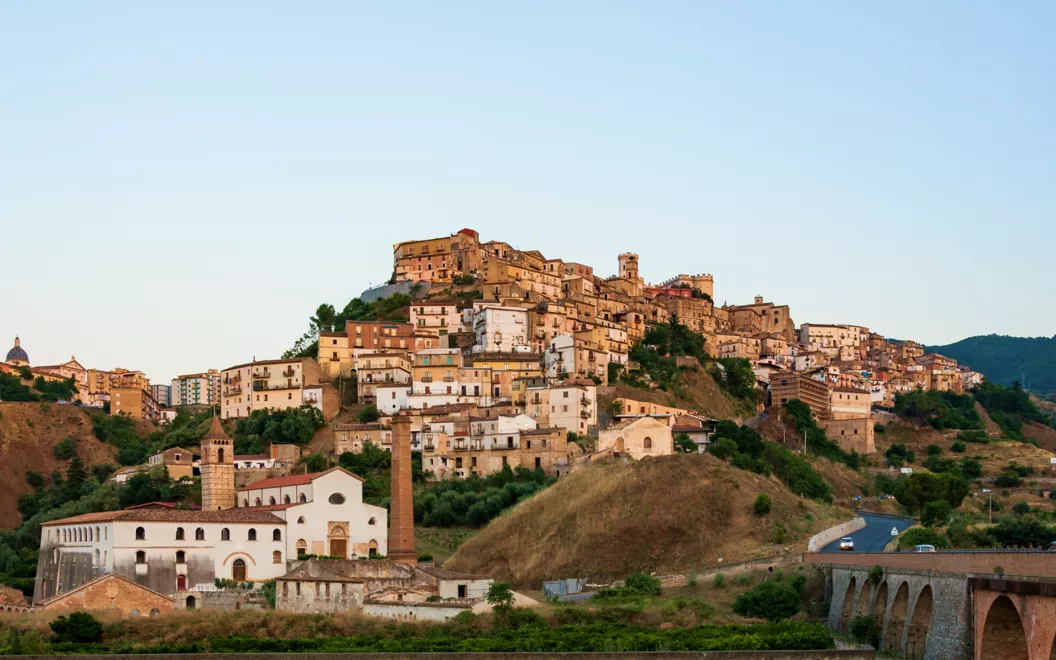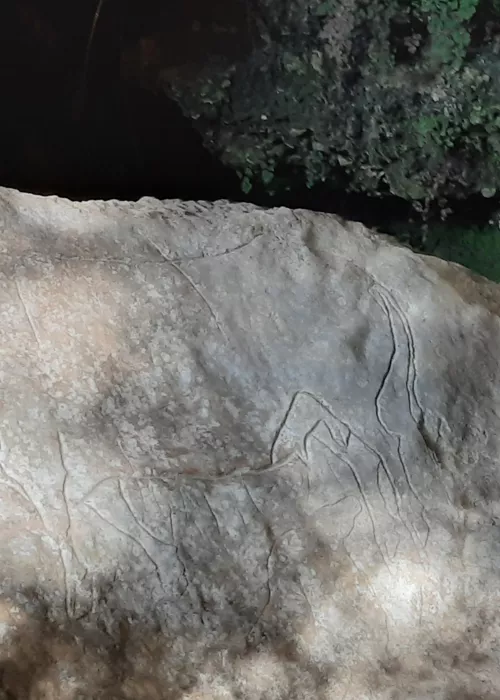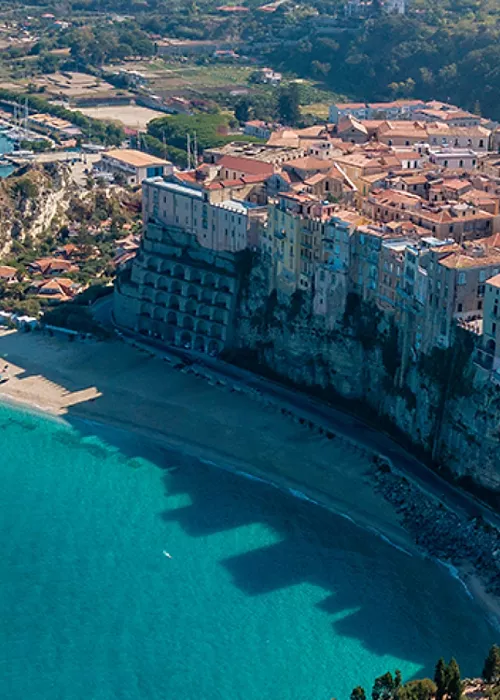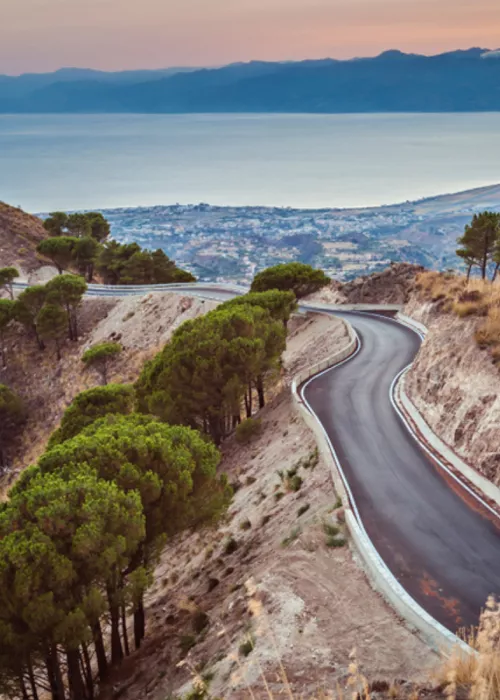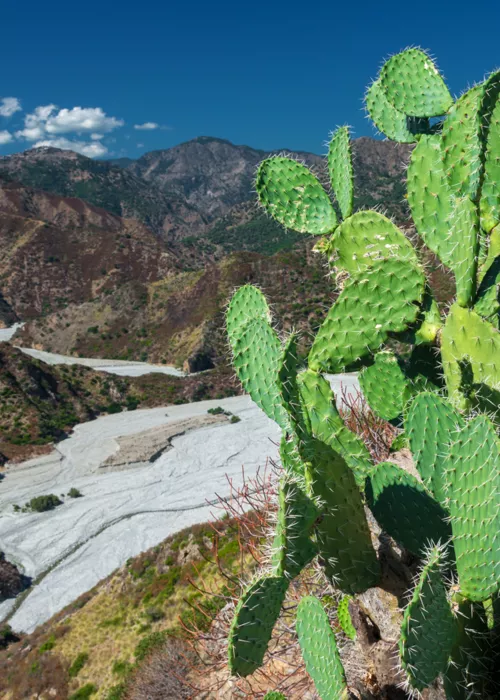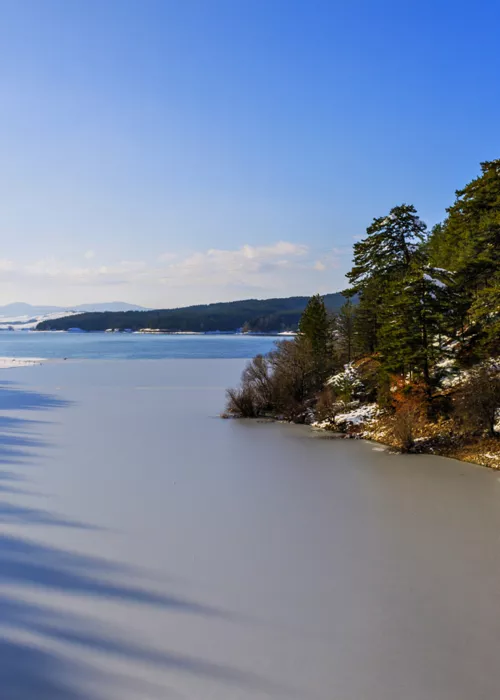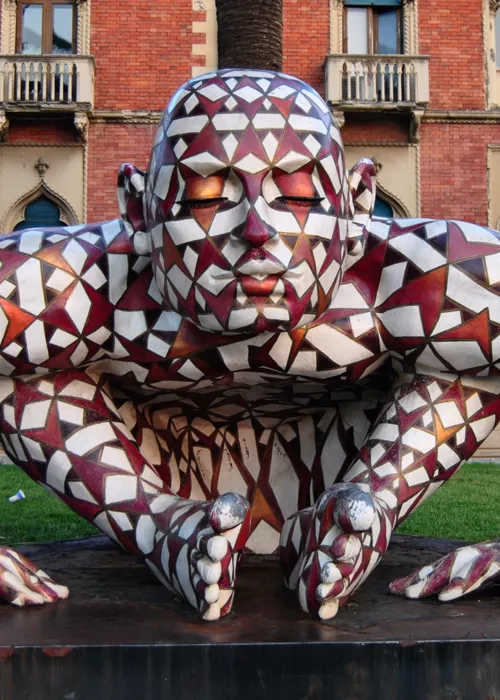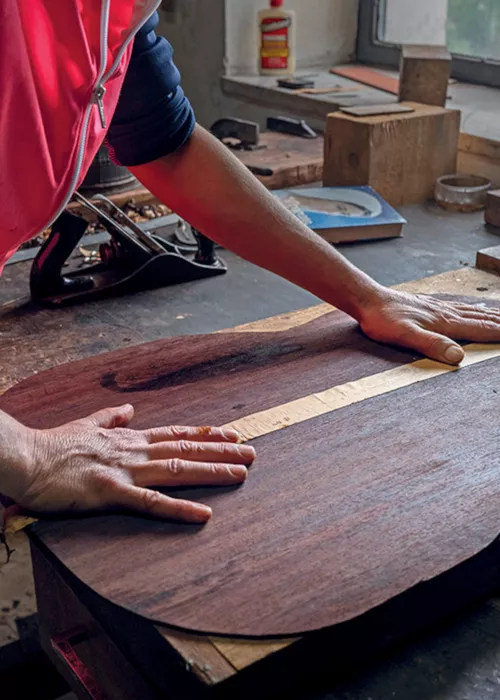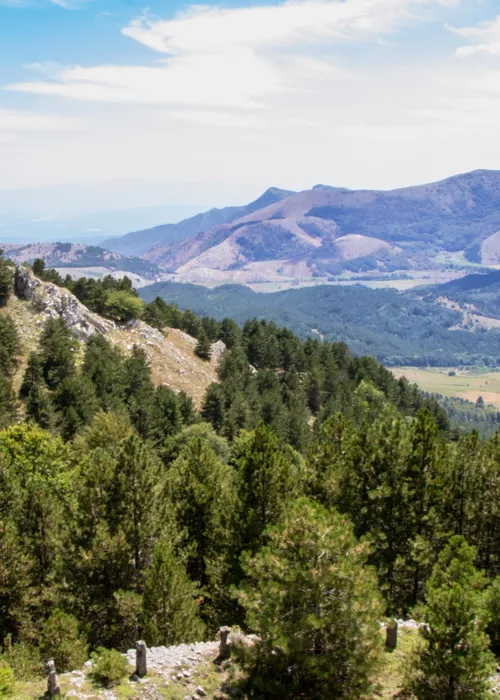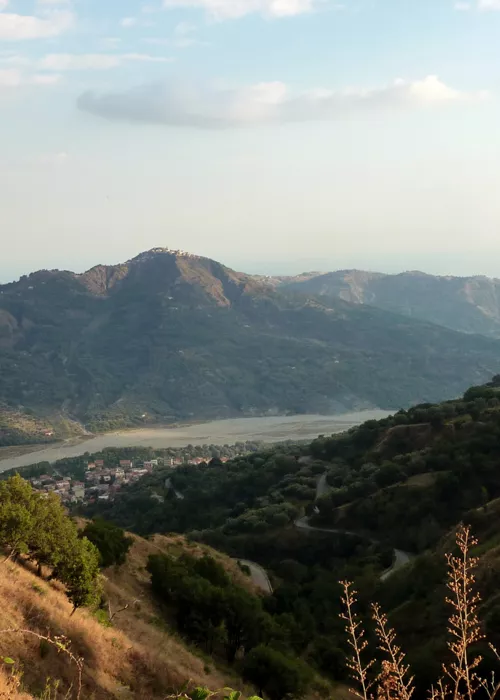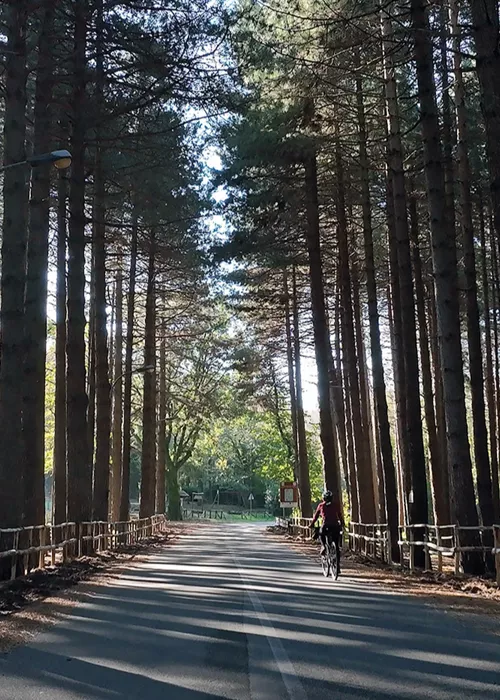Rocca Imperiale: the village of lemons PGI

We start our journey from Rocca Imperiale, medieval village and gateway to Calabria. The town climbs a hill, populated by a series of houses and dominated by the fortress that gave its name to the country. The Swabian Castle of Rocca Imperiale is the first architectural marvel worth visiting: built in 1221, it is chosen as a film set by director Pupi Avati.
The ideal time to visit Rocca Imperiale is August, thanks to a literary festival that every summer enriches the village with a majolica on which the winning poem is placed on the walls of a house. Another richness of the place is the splendid sea, just 4 kilometers from the historic center: 7 kilometers of beach, animated by pebbles and rocks. Finally, the real protagonist, the PGI lemon, famous all over the world and able to make your stop a pleasant stop in a very fragrant kingdom.
Roseto Capo Spulico: the castle overlooking the Ionian

Continuing the route along the coast, after 20km of coastal road, you reach Roseto Capo Spulico. Colony of Magna Graecia and, at the time, satellite city of Sibari, derives its name from the ancient and flourishing production of roses, whose petals adorned the beds of the Sibarite princesses.
Leaving you breathless is the Castrum Petrae Roseti, the Federiciano Castle, bordered by a crystal-clear Blue Flag sea and a white pebble beach. The stone building, among the largest fortifications in Calabria, has Norman origins and was rebuilt at the behest of Frederick II. Of great suggestion the Rock of the Anvil, symbol of the locality, peculiar mushroom-shaped stone, which faces the castle from the sea.
Terranova da Sibari: between archaeological finds and citrus scent

The route continues along a coastline of golden beaches, white pebbles and waters of an intense blue, until reaching, after about an hour by car, Newfoundland from Sibari, an area immersed in the nature reserve of the Foce del Crati. The site is rich in archaeological excavations, which testify to a glorious past, a time when Sibari reigned in Magna Graecia. You can visit the finds in the Archaeological Park of Sibari and in the National Archaeological Museum of Sibaritide.
Space also to taste with Sibari rice, with unique organoleptic qualities, used especially in the preparation of soups, timbales, arancine and desserts. Finally, indulge in an immersion in the aromas and flavours of the Clementines of Calabria PGI, grown in the plain of Sibari, to be tasted naturally or in the declination of sorbets, juices and jams.
Rossano: the homeland of liquorice

We conclude our itinerary with a final stop, which goes from Corigliano Calabro to Rossano.
The first of the two villages is reached, in about half anhour by car, after passing a series of artificial lakes, and welcomes visitors with the Ducal Castle, a fortress perfectly preserved over time, despite dating back to the eleventh century. Visiting the interior of the structure is a must, for the varied frescoes of the rooms and for the sculptures it houses. There are also religious buildings in Corigliano, including the 15th-century Church of Sant'Antonio di Padova and the 16th-century Church of San Francesco da Paola.
It is time to make the last 20 kilometers to reach the final destination of our journey to discover the wonders of the Upper Ionian Cosentino: Rossano Calabro, nestled between the mountains of Sila and the Ionian coast. The town is home to licorice, also celebrated in the Museum dedicated to it, which with the variety "Cordara" has obtained the DOP certification. But Rossano also houses the Codex Purpureus Rossanensis, a manuscript of the New Testament on a purple parchment, a real historical, artistic and religious treasure, preserved in the Diocesan Museum of Sacred Art of the city. Finally, visit the two Byzantine buildings of the Church of Panagia and that of St. Mark the Evangelist, for an enchanting leap back in time.

